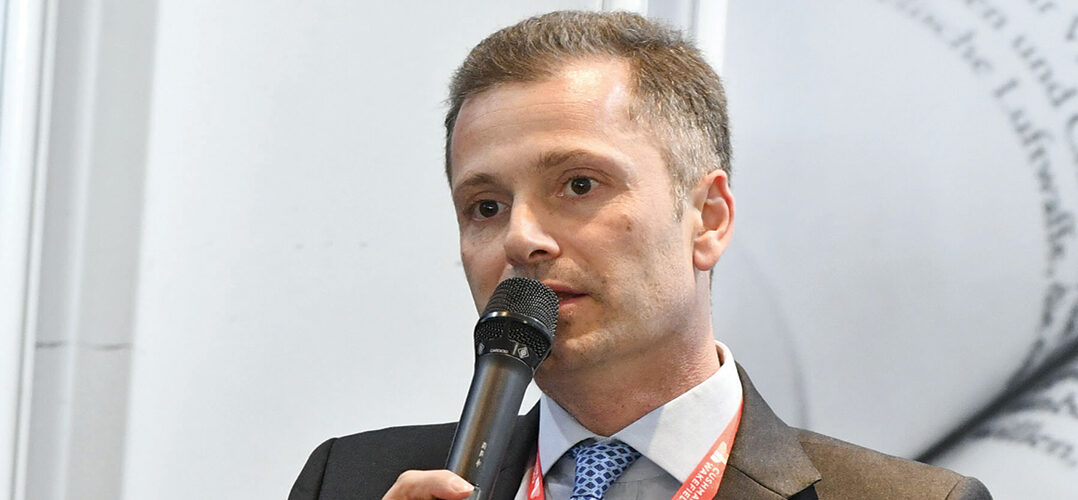Graham Parker: How would you define the niche that MIPIM occupies in global real estate?
Filippo Rean: Over the last 30 years, MIPIM has been at the forefront of innovation. Cannes in March has become the place where industry experts gather to spot the latest trends that will shape their businesses in the years ahead and to debate solutions to the challenges they face.
>MIPIM has seen some huge changes in its three decades. What are the most significant?
The industry has embraced globalisation. At MIPIM’s inception, Western Europe and North America set the industry standards, with other territories dismissed as ‘emerging markets’. Now it’s Asia Pacific and Middle East North Africa, where cities do not have to deal with the legacy of ageing infrastructure, that are setting the pace. And investment flows have reversed as Asian and Gulf-based investors have become the dominant players in the capital markets.
>Cities have become major participants in MIPIM. How important is the public sector to the event?
Cities have evolved and they’re continuing to evolve. Faced with burgeoning populations and changing patterns in the way we live and work, we’re seeing urban leaders harnessing new and sustainable technologies to meet their citizens’ needs. Ever-greater co-operation between public and private sector players is driving the emergence of the smart city.
>How has the sector reacted to environmental pressures?
There’s been a real move towards mixed-use. The real estate industry’s traditional silos have been broken down and, now, residential, retail, leisure and workplaces co-exist, creating new synergies and using land more sustainably. And where once ‘green’ buildings were seen as a specialist property type suitable only for niche occupiers, now sustainable elements such as solar PV, CFC-free air conditioning, rainwater harvesting and green roofs have gone mainstream.
>Is there also a social dimension to sustainability?
Absolutely. We’ve seen social changes impact the design and use of buildings as a youthful population has emerged that’s hungry for new ways of living and working. Traditional housing types have had to adapt to the decline of the nuclear family, while the workplace has had to adapt to informal and collaborative working relationships. At the same time, we’ve seen the emergence of new property types. The property industry has reacted to changing user requirements with new formats, such as data centres, student housing, senior housing, healthcare facilities and last-mile distribution units.
>What of the future? Where do we go from here?
If anything, the pace of change is accelerating, driven by technological, social and economic forces. MIPIM will continue to reflect the latest in real estate thinking — and the 2019 edition promises to be as stimulating and thought-provoking as ever.
This and more in the MIPIM Preview magazine; read it in full here…!



